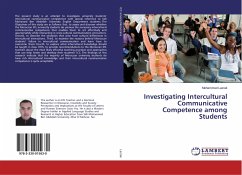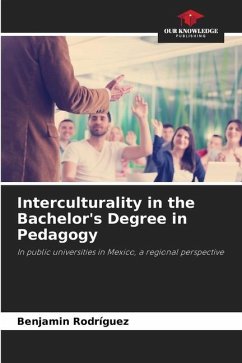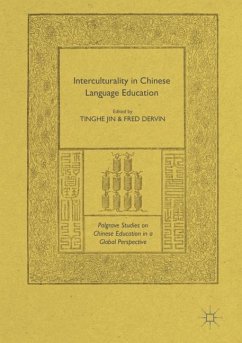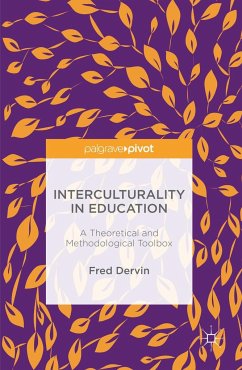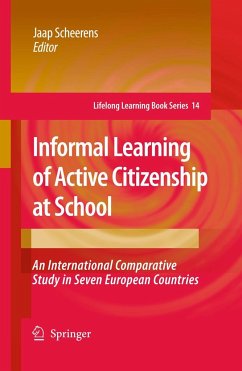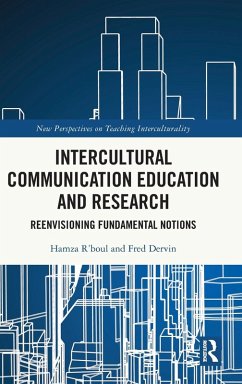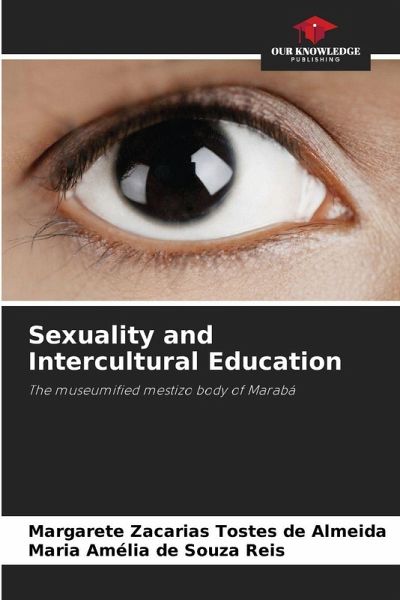
Sexuality and Intercultural Education
The museumified mestizo body of Marabá
Versandkostenfrei!
Versandfertig in 6-10 Tagen
46,99 €
inkl. MwSt.

PAYBACK Punkte
23 °P sammeln!
The study provides a critical-interpretative analysis of Rodolpho Amoedo's museumified work "Marabá," focusing on understanding how the sexualized female body added symbolic representations to the Brazilian socio-cultural imagination of the 19th century, with its projections into contemporary themes. In light of Charles S. Peirce's semiotics, the reading of Marabá's sexualized female body as a territory of symbolic representations of the Brazilian socio-cultural imagination of the 19th century allows us to understand how the relationships between education, sexuality, and interculturality ar...
The study provides a critical-interpretative analysis of Rodolpho Amoedo's museumified work "Marabá," focusing on understanding how the sexualized female body added symbolic representations to the Brazilian socio-cultural imagination of the 19th century, with its projections into contemporary themes. In light of Charles S. Peirce's semiotics, the reading of Marabá's sexualized female body as a territory of symbolic representations of the Brazilian socio-cultural imagination of the 19th century allows us to understand how the relationships between education, sexuality, and interculturality are projected onto contemporary subjects. It was concluded that the 19th-century body was ruled by the order of repression around sexuality, as a form of control and maintenance of the interests of dominant ideologies, and therefore a forbidden body, contrasting with the contemporary order of exhibiting the body, through a discourse of "freedom" or "anything goes," not as a locus of belonging, but as a symbolic place that, although it uses other indices, remains under the aegis of the discourse of order: control and maintenance of the interests of dominant ideologies.




